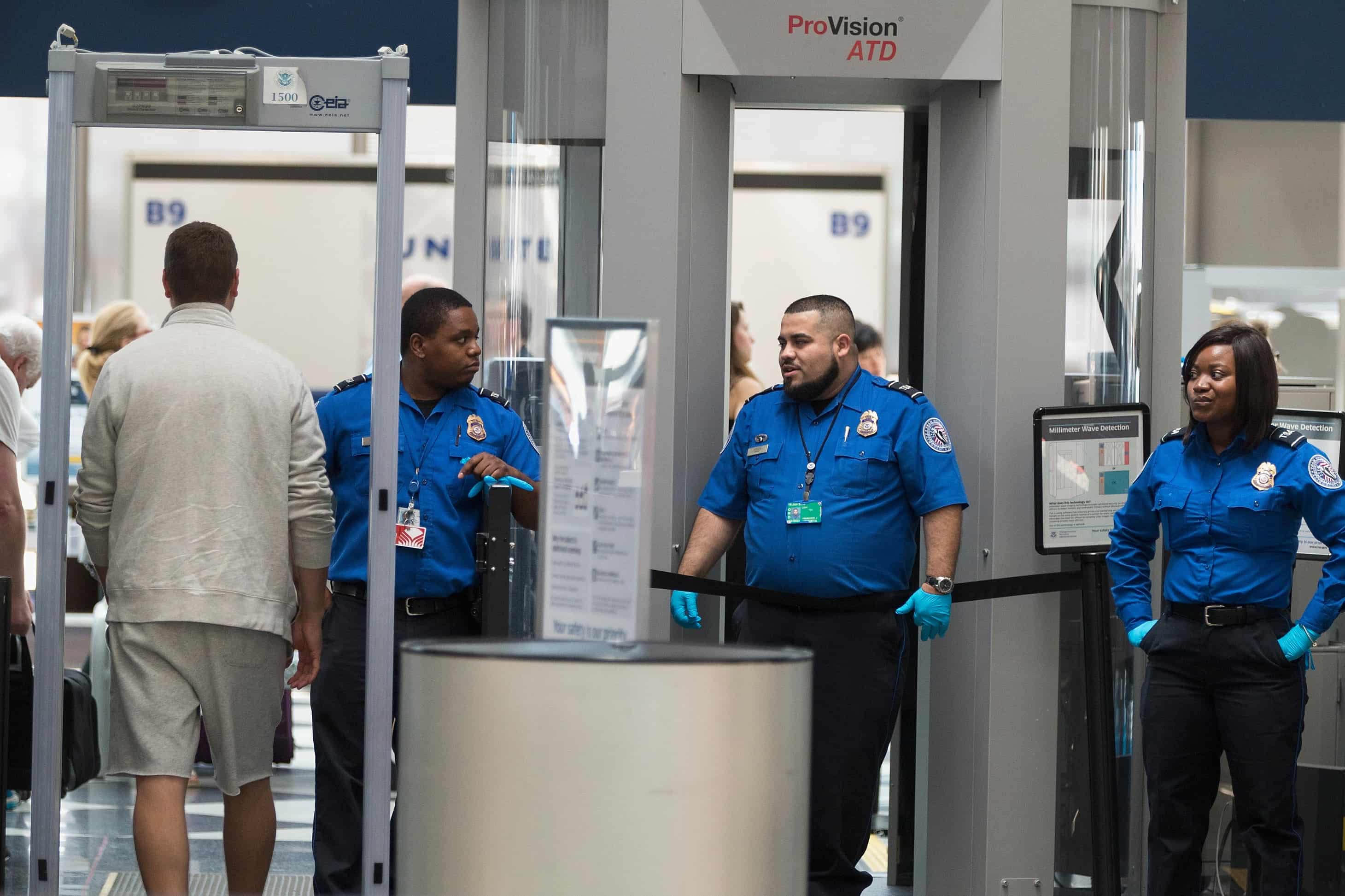
Ever wondered what goes on behind the scenes at airport security? Airports are bustling hubs of activity, but the real action happens at the security checkpoints. These areas are designed to keep everyone safe while ensuring smooth travel. From advanced technology to strict protocols, airport security is a fascinating mix of science and strategy. Did you know that some airports use facial recognition technology? Or that liquids over 3.4 ounces are a big no-no? Understanding these facts can make your next trip smoother. Let's dive into 20 intriguing facts about airport security that will change how you see your next airport visit.
Key Takeaways:
- Airport security has evolved significantly, from metal detectors in the 1970s to advanced imaging technology and automated screening lanes today, all aimed at keeping travelers safe.
- Technology, human vigilance, and international standards work together to ensure airport security, with measures like biometric scanners, canine units, and global aviation security standards in place.
The Evolution of Airport Security
Airport security has come a long way since the early days of commercial aviation. With advancements in technology and increased awareness of potential threats, the measures in place today are designed to keep travelers safe.
- The first airport security screening was introduced in the 1970s after a series of hijackings.
- Metal detectors became standard in airports in the early 1970s to prevent weapons from being brought on planes.
- The Transportation Security Administration (TSA) was created in response to the 9/11 attacks in 2001.
- Full-body scanners were introduced in 2007 to detect non-metallic threats.
- The TSA PreCheck program started in 2011, allowing pre-approved travelers to go through expedited screening.
Advanced Technology in Airport Security
Technology plays a crucial role in modern airport security. From biometric scanners to advanced imaging technology, these innovations help ensure the safety of passengers.
- Biometric scanners use facial recognition to verify passengers' identities.
- Advanced imaging technology can detect both metallic and non-metallic items hidden under clothing.
- Explosive trace detection machines can identify even the smallest particles of explosive materials.
- Automated screening lanes speed up the process by using conveyor belts and automated bins.
- Artificial intelligence is being used to analyze security footage and identify suspicious behavior.
The Human Element in Airport Security
While technology is essential, human vigilance and training are equally important in maintaining airport security. Security personnel are trained to spot unusual behavior and respond to potential threats.
- TSA officers undergo extensive training, including behavioral detection techniques.
- Canine units are used to sniff out explosives and other contraband.
- Security personnel conduct random checks to keep potential threats off balance.
- Undercover agents, known as "red teams," test airport security by attempting to smuggle prohibited items.
- Passenger behavior is monitored for signs of stress or nervousness, which could indicate a security threat.
International Airport Security Measures
Different countries have their own security protocols, but many follow guidelines set by international organizations. These measures ensure a consistent level of security across global travel.
- The International Civil Aviation Organization (ICAO) sets global standards for aviation security.
- Many countries require passengers to remove shoes and belts during screening.
- Liquids are restricted to containers of 100 milliliters or less and must be placed in a clear plastic bag.
- Some airports use "smart gates" that allow passengers to scan their passports and boarding passes for faster processing.
- In some regions, passengers are subject to additional screening before boarding flights to the United States.
Final Words on Airport Security
Airport security is a vital part of keeping travelers safe. From TSA PreCheck to full-body scanners, these measures ensure a secure flying experience. Knowing what to expect can make the process smoother. Remember, liquids over 3.4 ounces aren’t allowed in carry-on bags, and laptops must be placed in separate bins. Security dogs are trained to sniff out explosives, while behavior detection officers watch for suspicious actions. Random checks keep everyone on their toes. Global Entry can speed up re-entry into the U.S. for frequent international travelers. Biometric screening is becoming more common, using facial recognition to verify identities. Pat-downs are sometimes necessary, but they’re done with respect. Prohibited items like sharp objects and certain electronics should be left at home. By understanding these facts, you can navigate airport security with confidence and ease. Safe travels!
Frequently Asked Questions
Was this page helpful?
Our commitment to delivering trustworthy and engaging content is at the heart of what we do. Each fact on our site is contributed by real users like you, bringing a wealth of diverse insights and information. To ensure the highest standards of accuracy and reliability, our dedicated editors meticulously review each submission. This process guarantees that the facts we share are not only fascinating but also credible. Trust in our commitment to quality and authenticity as you explore and learn with us.


